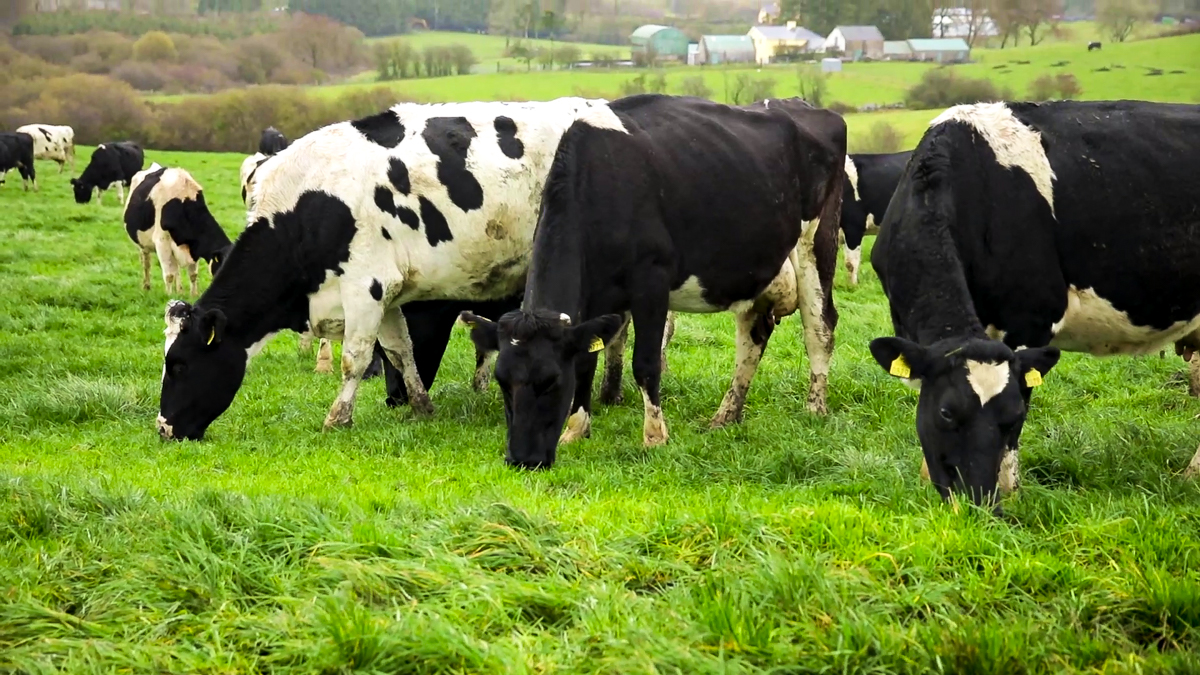Shortly after calving, most dairy farms will be hoping that they can start turning cows out to grass, but what should be the dry matter (DM) allocation?
Dry matter intakes (DMI) of cows after calving will be low, and will slowly increase until they reach their peak intakes 10 weeks post calving.
During this period, cows are in what is know as a negative energy balance (NEB), with the energy demands of early lactation now being met by the DM that the cow is taking in.
This results in cows entering a NEB with a prolonged period – resulting in a clinical case or sub-clinical case of ketosis.
Dry matter
After calving, the DMI of a cow will be in the region of 13kg, including forage and concentrates.
This figure is higher than previously thought, when 8-10kg was believed to be the DMI of a cow after calving.
Each week, the DMI will increase by around 0.8kg until intakes reach a maximum 10 weeks post calving.
During the early stages of spring, the diet will be a mix of silage, concentrates and grass.
It is important to ensure that cows are being given enough feed so that the NEB is not prolonged, as this can lead to ketosis.
If weather conditions allow, the aim would be that the majority of the DM demand of the cow is met by grazed grass.
Silage and concentrates will need to remain in the diet during the early stages.
Grass
Once you can get cows to grass, there is a fine balance that needs to be achieved to ensure that you are getting the most from early grazed grass.
You need to ensure firstly that cows are hitting residuals, which ensures that the farm is set for subsequent rotations.
Hitting residuals in the first rotation ensures that the quality of the grass for the second rotation will be high.
However, you also do not want to be making cows hungry, so a balance of hitting the residuals and feeding the cow needs to be achieved.
The DMI of the cow grazing will vary, with cows calved a few weeks eating more than those calved just a few days.
The allocation/cow needs to increase each week, and if paddocks are being cleaned out too well, you need to increase the allocation further.
Grazing management
Grazing management is also going to be vital. As previously mentioned, you want to achieve good grazing residuals – but not at the cost of damaging land.
Make good use of your grazing infrastructure to prevent damaging your paddocks.
Strip grazing and making spur roadways will be needed in places.
Strip grazing should be allocated grass and protect areas that have already been grazed.
